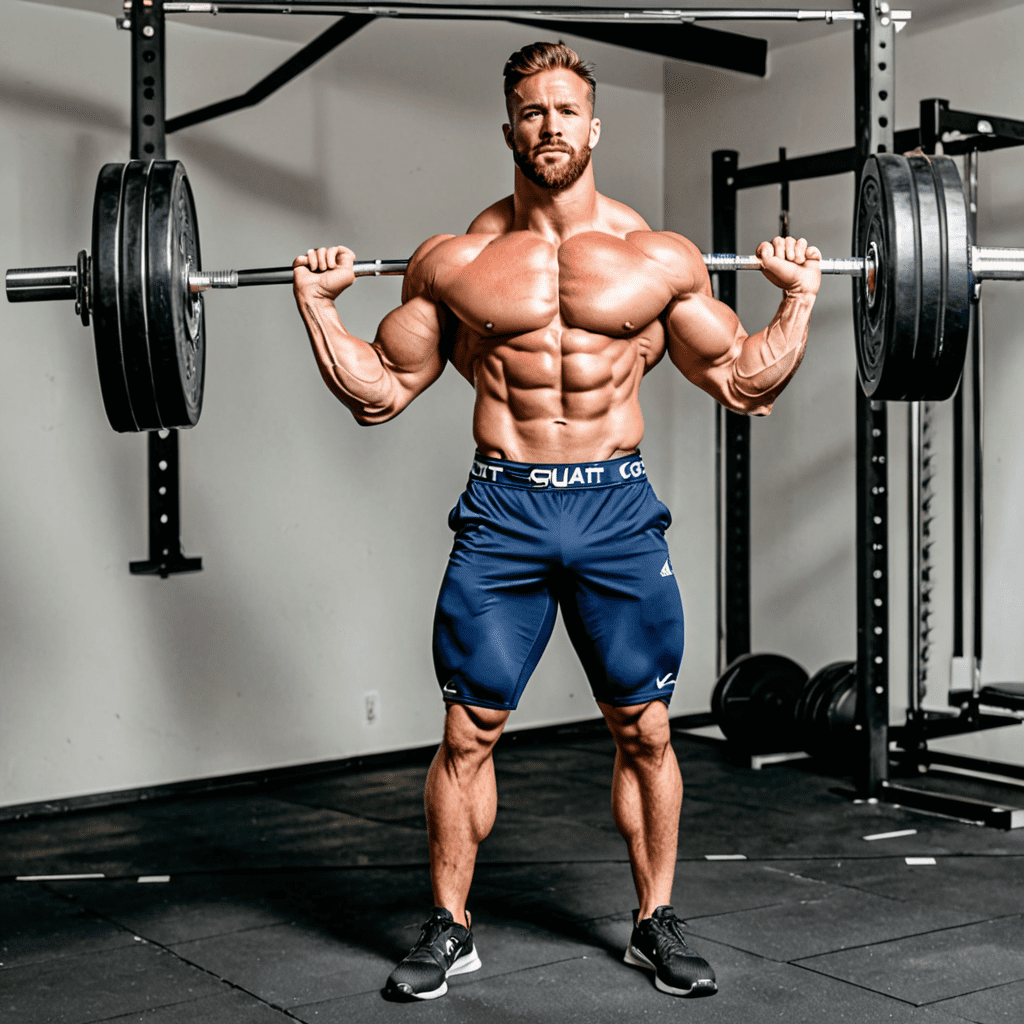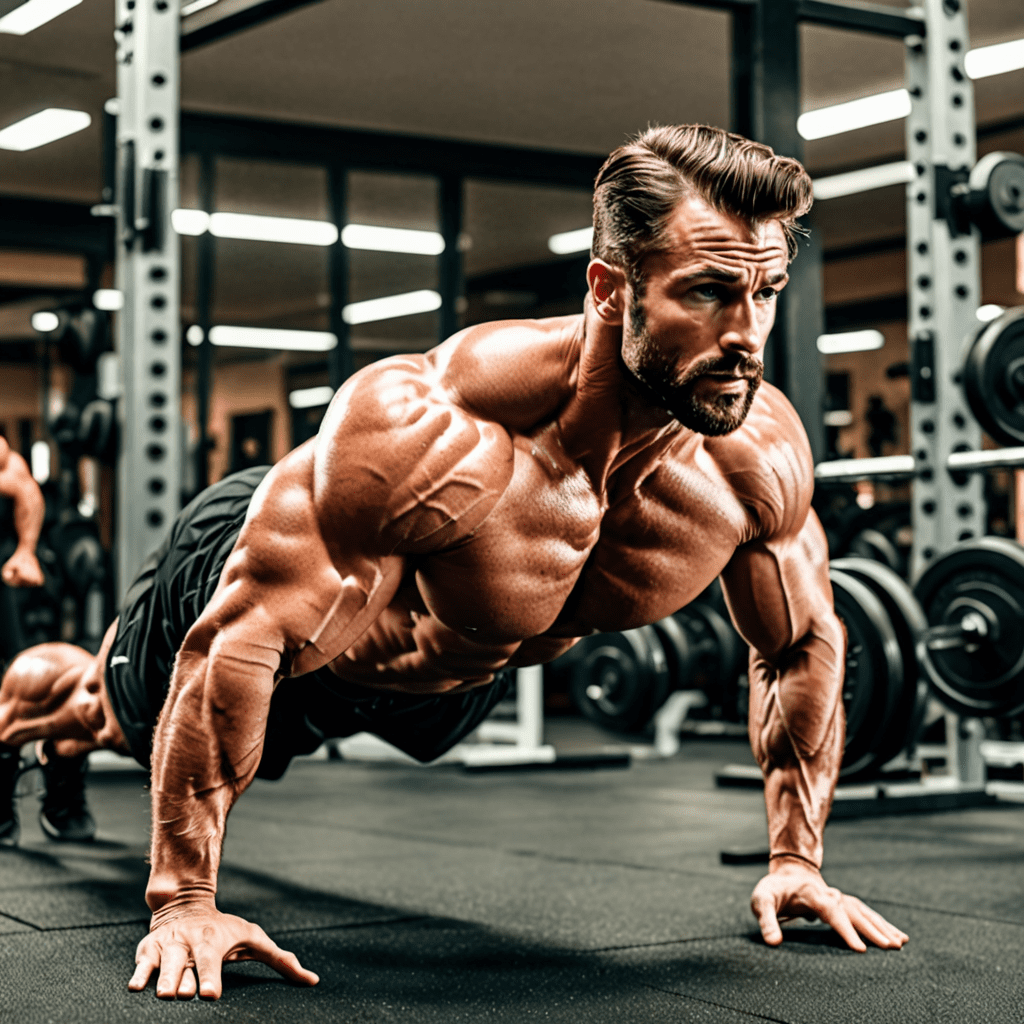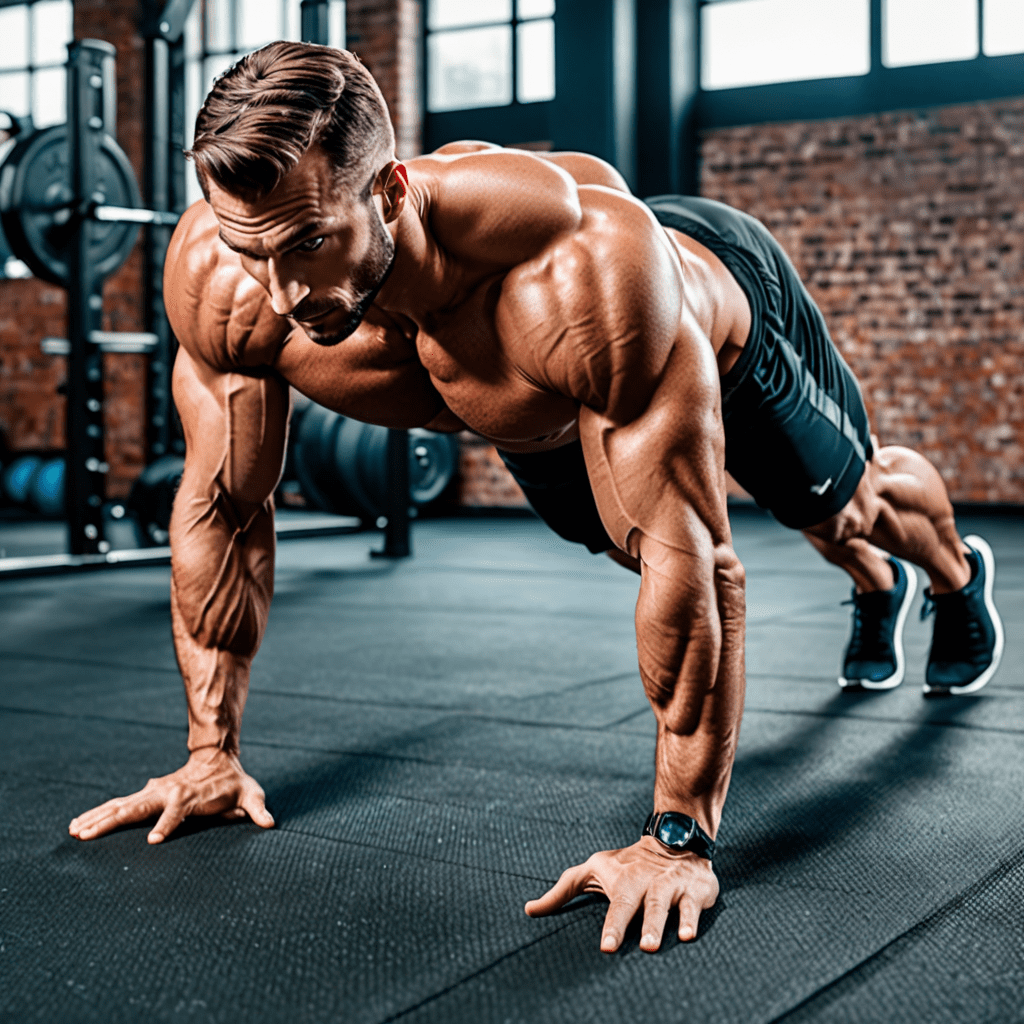
When to Consider Wearing a Belt for Squats: Finding Your Optimal Weight
As you progress in your squat journey, you may wonder at what point it’s appropriate to introduce a weightlifting belt into your routine. This decision should be based on various factors, including your experience level, stability, and strength. Let’s explore when it might be suitable to start incorporating a belt into your squat regimen.
The Purpose of a Weightlifting Belt
A weightlifting belt is designed to provide support to the lower back and core during heavy lifts. It can help increase intra-abdominal pressure, which stabilizes the spine and reduces the risk of injury. By promoting better form and technique, a belt can enhance performance and aid in lifting heavier weights more safely.
Understanding Your Strength and Experience Level
Whether or not to use a weightlifting belt is often dependent on your strength and experience level. Beginners who are still developing proper squat form and core strength may not need a belt initially. Focusing on building a strong foundation through consistent training and gradual progression should be the primary goal. As your strength and stability improve, the potential benefits of using a belt may become more relevant.
Determining the Optimal Squat Weight for a Belt
It’s important to avoid relying on a weightlifting belt too soon, as this could hinder the development of essential stabilizing muscles. As a general guideline, consider incorporating a belt when you are consistently squatting at least 80% of your body weight. This threshold is not set in stone and should be adjusted based on individual factors such as technique, core strength, and overall stability.
Gradually Introducing the Belt
When you reach a point where incorporating a weightlifting belt seems appropriate, it’s essential to introduce it gradually. Begin by using the belt for heavier sets or near-maximal efforts while continuing to perform lighter sets without it. This approach allows you to benefit from the added support while still engaging the core and stabilizing muscles during lighter loads.
Listening to Your Body
While there are general guidelines for when to consider wearing a weightlifting belt, it’s crucial to listen to your body and pay attention to how it responds to the added support. If you experience discomfort or feel overly reliant on the belt, reassess your approach and potentially scale back on its use to maintain a balance between support and strength development.
FAQ
Q: Should beginners use a weightlifting belt?
A: Generally, beginners should focus on developing proper form, technique, and core strength without relying on a belt. Introducing a weightlifting belt too early can hinder the natural development of essential stabilizing muscles.
Q: Can a weightlifting belt replace proper technique?
A: No, a weightlifting belt is not a substitute for proper squat technique. It should complement a solid foundation of form and strength, not serve as a replacement for them.
Q: Are there risks associated with using a weightlifting belt?
A: While a weightlifting belt can offer support and stability, relying on it excessively may lead to a weakening of the core muscles over time. It’s important to strike a balance and use the belt as a tool to enhance, rather than replace, your natural strength and stability.


